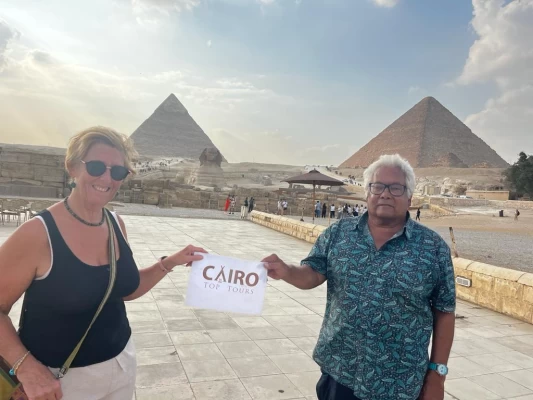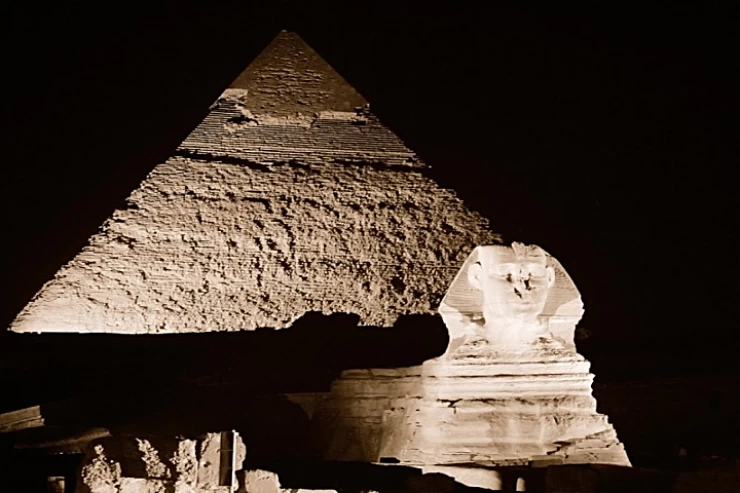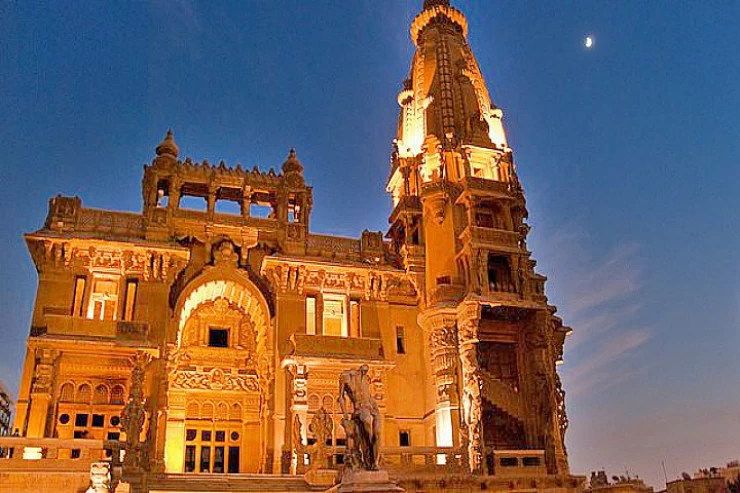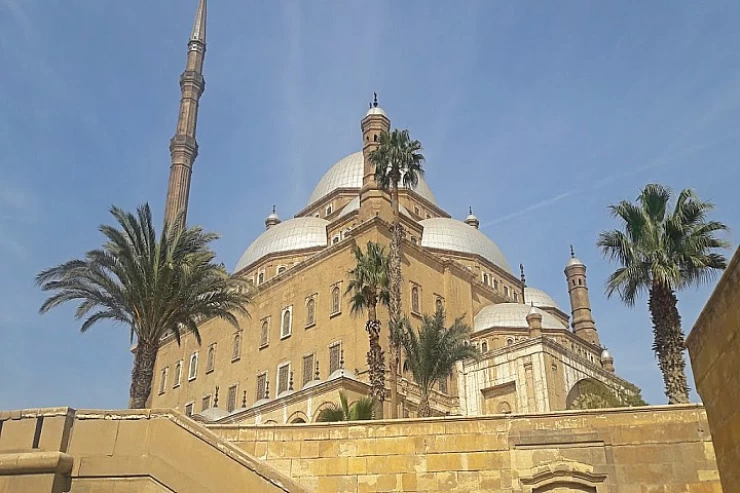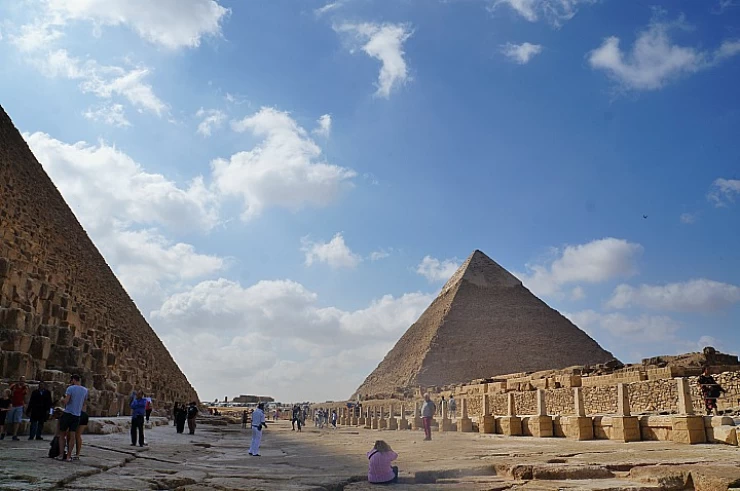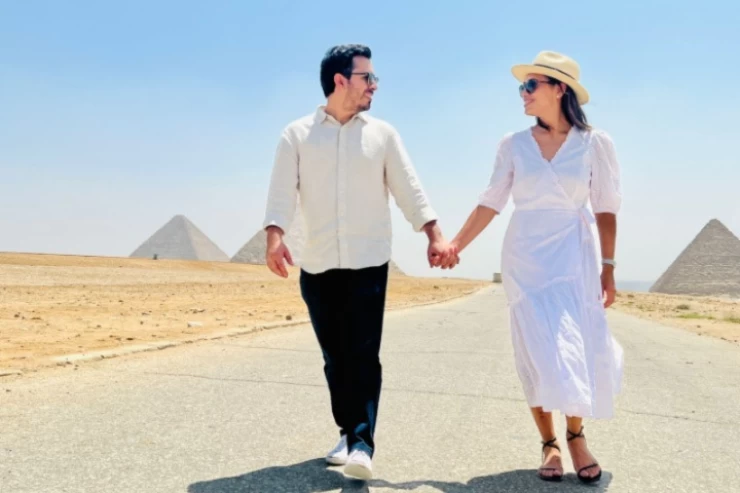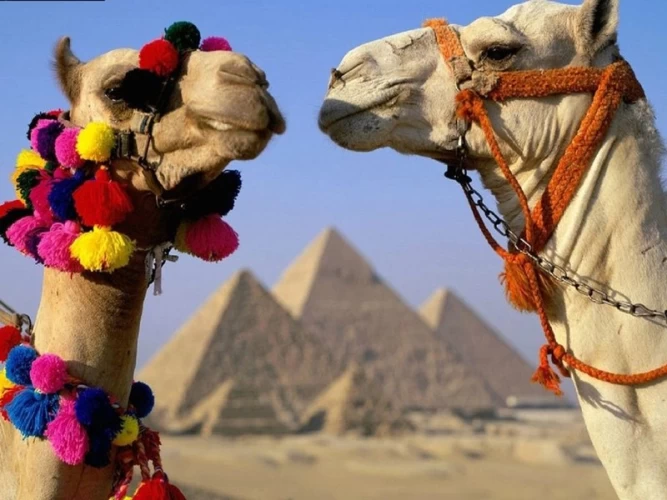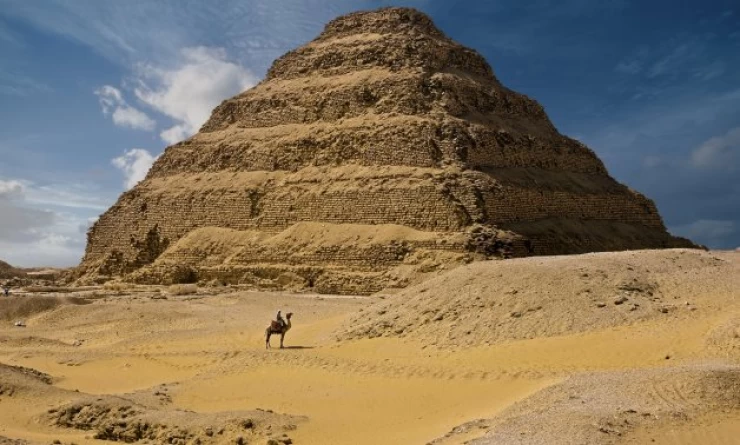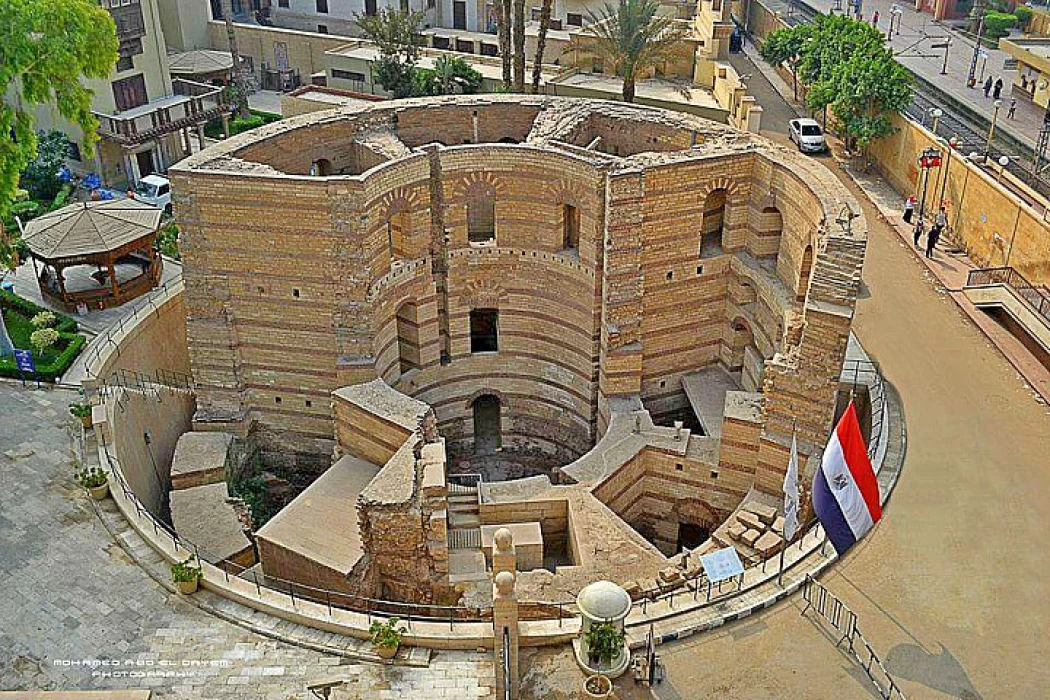
Babylon the Roman fortress
The Roman fortress was built using stones taken from Pharaonic temples and completed with red bricks. Nothing remains of the fort’s buildings except the southern gate flanked by two large towers. The southern part of the Hanging Church was built above one of the towers which you can visit during Cairo Day Tours to explore the iconic church. In addition, the Roman Church of St. George for the Greek Orthodox was also built above the tower at the entrance to the southern museum.
As for the rest of the fort and the rest of the wall in some parts of it from the eastern, southern, and western sides, the churches were built - the Hanging Church, Abu Serga Church, St. George Church, the Virgin Mary of Qasriyat al-Rayhan Church, the Monastery of St. George for nuns, Mrs. Barbara Church, and a temple for the Jews. You can discover these iconic historical sites while choosing your vacation from Egypt Easter Tours with your family and friends.
Furthermore, In 641, the fortress fell into the hands of Amr ibn al-Aas after a siege that lasted about seven months, 18 Rabi' al-Akhir 20 AH, and its fall was a sign of the entry of Islam into Egypt. Ibn al-Aas chose a desert location that was considered a strategic military location north of the Babylon Fortress and established the city of Fustat on several hills bordered by Mount Muqattam to the east and behind it the desert where the Arabs excelled in attack and retreat and war. You can visit the area of Old Cairo and the famous enchanting Cave church during your Egypt Day tours to see the art of architecture.
the Nile to the west and the ford of Birkat al-Habash to the south, which are two natural barriers. According to the website of the General Authority for Information. Amr ibn al-Aas built the city of Fustat as a fortress city and it was the Babylon Fortress to be a city for the Arab soldiers which became one of the most attractive destinations during Cairo Day Tours from people from the whole world. The Roman fortress is known as the Candle Palace or Babylon Castle and its area is about half a square kilometer inside it is the Coptic Museum, six Coptic churches, and a monastery. The name Candle Palace was given to this fortress also because at the beginning of each month, candles were lit on one of the towers of the fortress on which the sun appeared, and people were informed by the fuel of the candle of the sun's movement from one tower to another.
Latest Articles
Admin
Aswan Governerate in Egypt
One of Egypt's southern governorates is Aswan Governorate. The city of Aswan serves as its capital. At a latitude of 22 north of the equator (also known as the Tropic of Cancer), it is bounded to the north by the Qena Governorate, to the east by the Red Sea Governorate, to the west by the New Valley Governorate, and to the south by the Republic of Sudan.
Admin
Luxor Governorate Egypt
The capital of the Arab Republic of Egypt is Luxor City, which was once known as "Thebes City" because it served as Egypt's capital during the Pharaonic era. It is situated in the South Upper Egypt region, approximately 670 kilometers from the capital Cairo from the south. It is bordered on the north by Qena Governorate, on the south by Aswan Governorate, on the east by Red Sea Governorate, and on the west by New Valley Governorate.
Admin
History of kafr El Sheikh Governorate
Kafr El Sheikh Governorate is an Egyptian governorate, located in the northernmost part of Egypt in the Nile Delta, with Kafr El Sheikh as its capital. It had a population of 3,172,753 in 2015 and an area of 3,748 km². Its entire area is located north of the delta and overlooks the Mediterranean Sea. The main economic activity of the residents of the governorate is agriculture and fishing, especially the southern lands of the governorate and the lands overlooking the Nile River - Rosetta Branch.
Admin
Egypt's New Administrative Capital
The New Administrative Capital is located between the Cairo-Suez and Cairo-Ain Sokhna roads, 60 km from Cairo and the same distance from Ain Sokhna and Suez. The New Administrative Capital is located on the border of Badr City, in the area between the Cairo-Suez and Cairo-Ain Sokhna roads, just after New Cairo, Mostakbal City and Madinaty.
Admin
Al Gharbia Governorate
Gharbia Governorate is one of the governorates full of archaeological sites, whether they are places or facilities (mosques, churches), as the governorate is a destination for visitors to these places throughout the year, whether they are Egyptians from the different governorates.
Admin
Hamata Islands (Qulaan Archipelago) in Marsa Alam
The Hamata area, south of Marsa Alam in the Red Sea, is one of the most important parts of the Wadi El Gemal Reserve, whether in the desert or the sea. It was named after the sorrel plant, which was distorted to Hamata.






